Author: PACKQUEEN Date Posted:17 October 2019
Packaging is a major industry that involves the spending of millions of dollars worldwide each year. One estimate puts packaging costs at around 10% of the overall cost of retail products.
As well as protecting products against damage whilst in transit or storage, packaging is used as a marketing tool that attracts customers to a product and helps to build brand loyalty. When choosing the most suitable type of packaging, therefore, you need to consider several factors that include its strength and durability, resistance to knocks and penetration, flexibility and appearance. Some of the most common materials are listed next along with a description of their main features and uses.
1. Plastic

This is a popular form of packaging due to its convenience, low cost and light weight. It can be moulded into any shape, can be easily labelled and customised, resists impact and can be sealed to prevent leakage or contamination of the product.
Plastic packaging is often available in the form of polyethylene terephthalate (PET) or similar and is used to make bottles, milk cartons and jugs. Low density polyethylene (LDP) is more flexible and softer, and is used to make bags, films and tubing in different thicknesses.
Concerns over the environment mean that alternatives to plastic are being sought, although its use remains widespread.
2. Paper
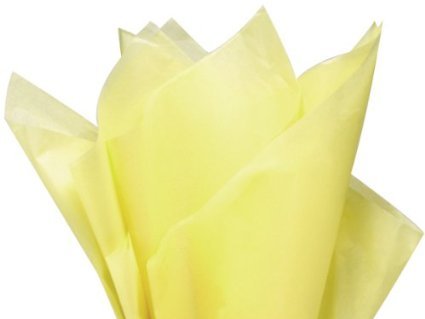
A variety of thinner packaging products such as labels and bags are made from paper. Products also include Kraft paper as well as tissue paper that is often used to wrap fragile products so that they don’t shift and become damaged when placed in a container.
Paper is completely recyclable and can be laminated, embossed and have a glossy or matte finish.
3. Paperboard
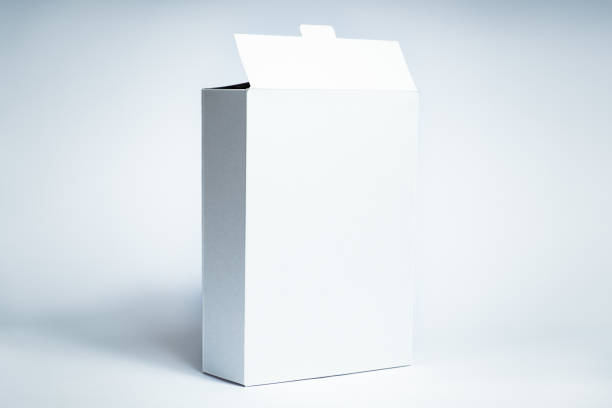
This is thicker than paper and is used for secondary or primary packaging. It provides more protection than paper and is typically used for drink cartons and boxes for cereals or frozen foods.
4. Fibreboard
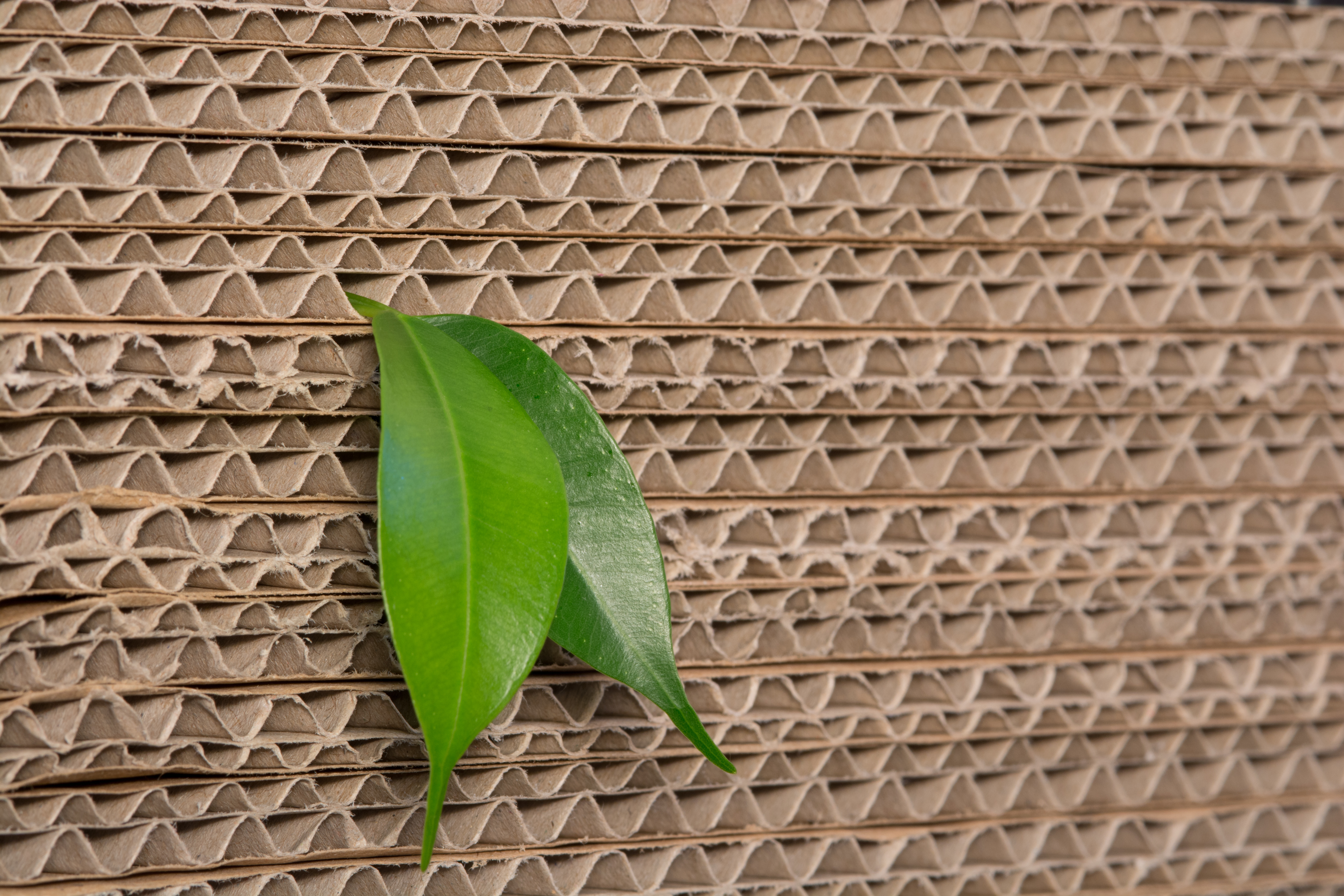
The thickest and most durable of all paper packaging, this is also available with fluting that creates ridges on the board for greater strength. Two boards with fluting between them form corrugated board that can be available in single or double thicknesses for increased rigidity.
The vast majority of products are shipped in secondary packaging of fluted fibreboard. This is particularly suitable for shipping large products over long distances since it protects against rough handling.
5. Bubble Wrap

Extremely effective for protecting fragile products, bubble wrap is often used within an external container. It’s relatively cheap, adds little weight to the item and can be wrapped around to provide several layers of cushioning if necessary.
6. Metal
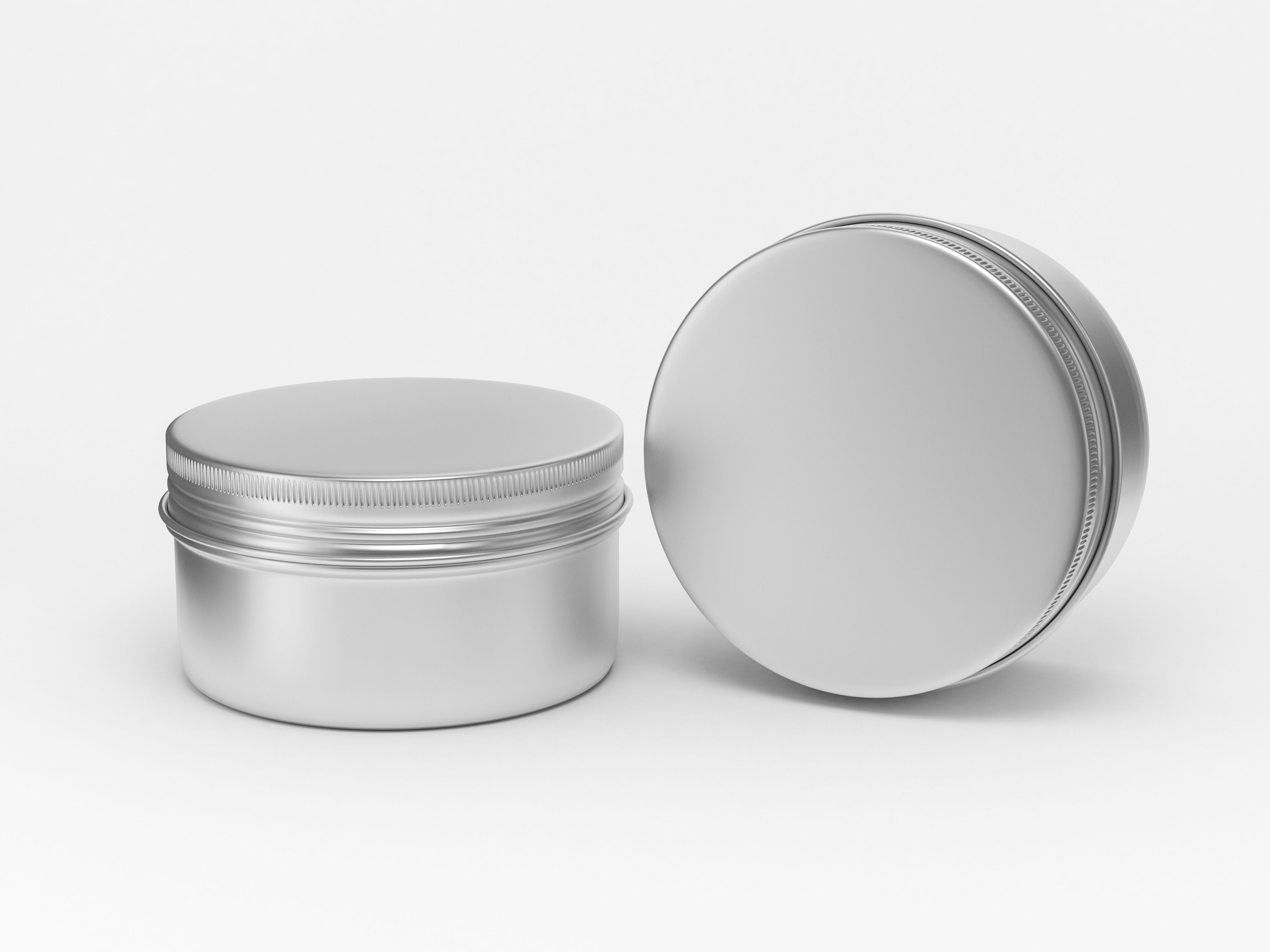
Widely used for aerosols, food and drink cans and biscuit boxes, metal is strong and rigid, moisture resistant and safe. It’s often available as aluminium or tin plate and can be used to securely contain hazardous gases and liquids.
7. Glass
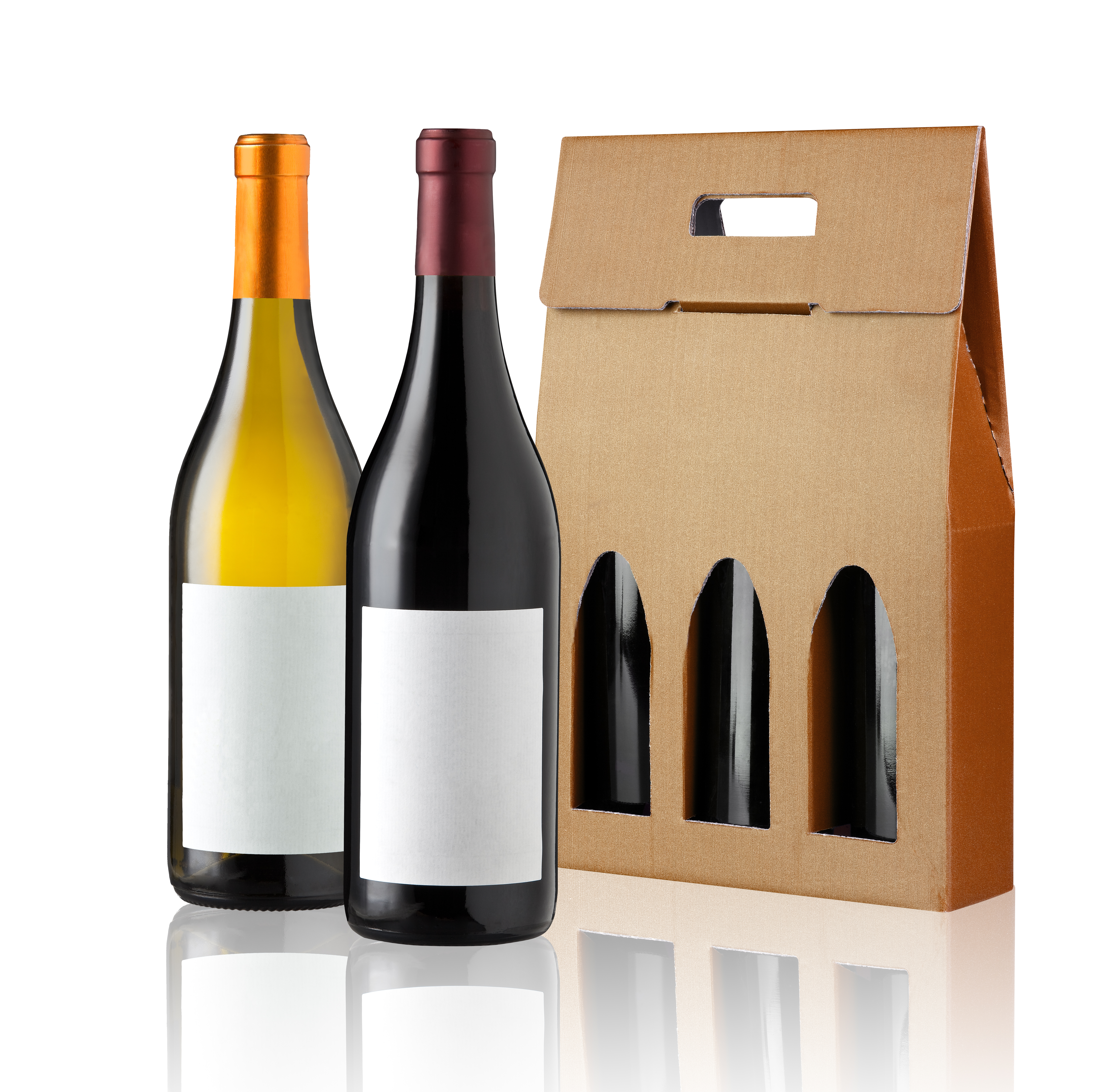
This material is still commonly used for bottles and jars even though various forms of plastic have taken over to some degree. It’s frequently used for drinks and cosmetics, being perceived as superior to plastic and therefore giving the impression of a higher value product. It’s also completely recyclable and can be recycled continuously with no loss of purity.
The Most Suitable Packaging
At PACKQUEEN, we provide a range of packaging in a variety of materials. Whether you want to impress your customers with something that looks really special or just want to protect your products against damage, we have the perfect item for you.
Search our website or get in touch and we’ll provide all the help and advice you need.


Let Us Know What You Thought about this Post